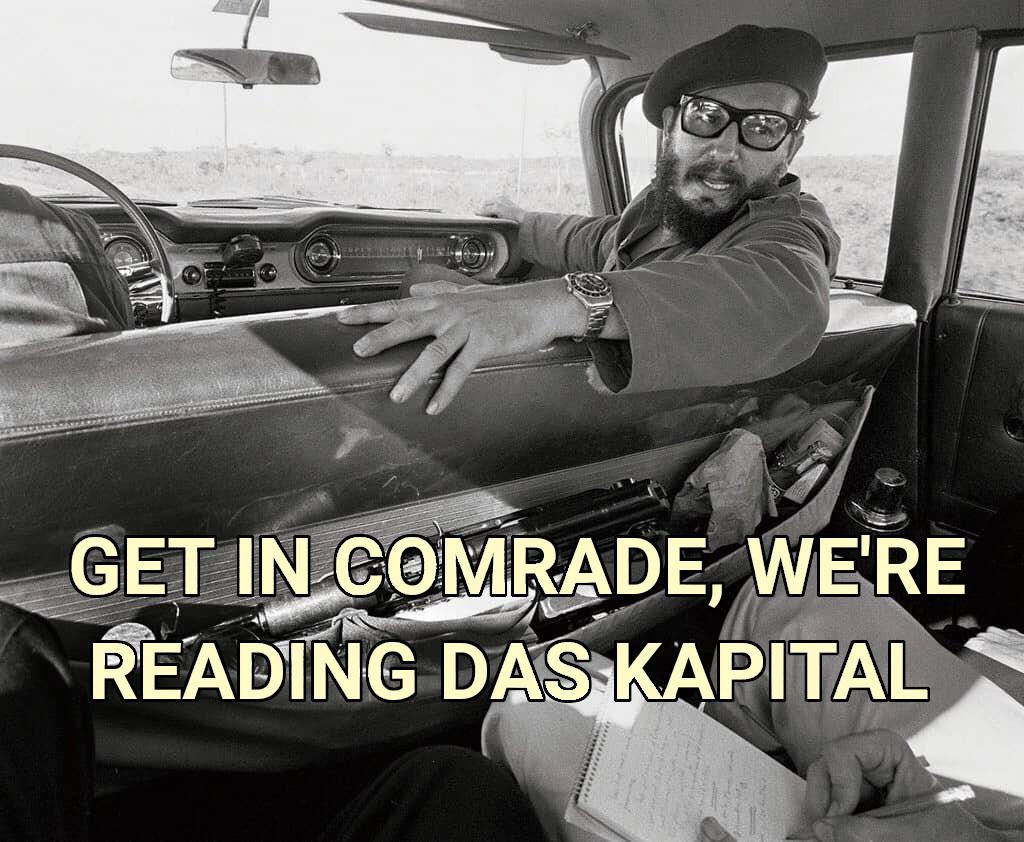this post was submitted on 01 Jan 2024
49 points (100.0% liked)
theory
409 readers
19 users here now
A community for in-depth discussion of books, posts that are better suited for [email protected] will be removed.
The hexbear rules against sectarian posts or comments will be strictly enforced here.
founded 1 year ago
MODERATORS
you are viewing a single comment's thread
view the rest of the comments
view the rest of the comments

In other words, price is the expression of a commodity's value through its relation to the money commodity. Alternatively, its "exchange value in terms of money".
In a market of N total commodities, each commodity has (N-1) relative expressions to other commodities which are all valid expressions of its value; but exactly one of these expressions has money as the equivalent. This one special expression is price. Notice that there is nothing essentially different about price compared to all the other relative expressions. What makes price stand out is that, in practice, the money commodity is used as the universal equivalent.
I would note this question as it will be considered more in detail in later chapters, I think chapter 3.
Is the value of money also treated later? Seems like money has an exhange value that in some manner should equate to the labor expended to produce it. But this labor quantity appears relatively low, and does not vary much between $1 and $100 notes. Does this constitute an exception (e.g. the value of the banknote is representative), or is the labor involved in making money somehow more complex than just the physical process of manufacture?
It will be discussed especially in chapter 3, which is notoriously one of the most difficult chapters of vol 1. The first three chapters lay the foundation, then the rest is the consequences.
For now I will just say that money as you mention it having minimal labor cost is just a token for an underlying money commodity. How this exactly works today with respect to fiat currency is beyond the scope of volume 1 but is an active area of discussion in Marxist scholarship.
Edit: on second thought I don’t remember if Marx directly talks about token money as such in chapter 3. But he does talk about it in his 1859 critique of political economy which was the precursor for Capital.
Try to understand the money commodity first, and then all the various functions of money (money of account, money as a measure of value, etc.) all explained in chapter 3.
Nice, I'll keep that in mind. For now, I'll think of money as mainly gold coins or something similar which actually would have a labor expenditure corresponding to its value.